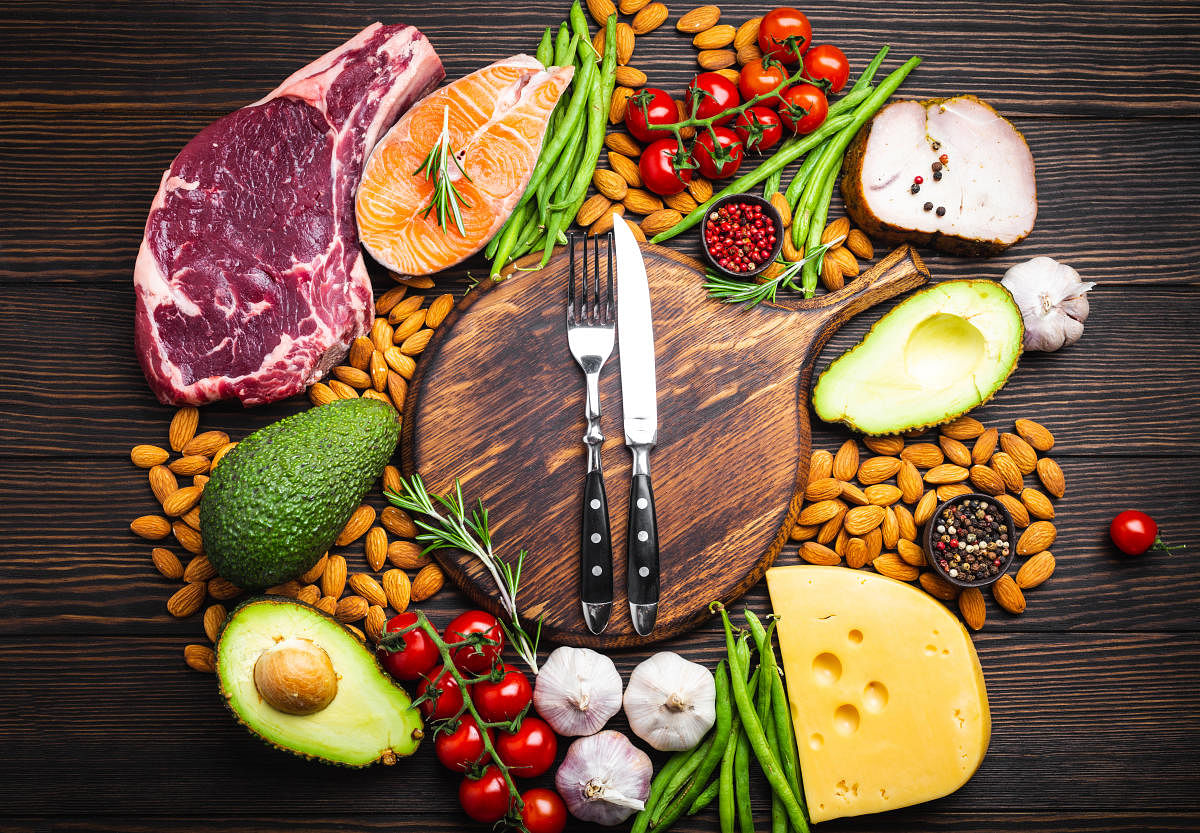
Most people with seizure and epilepsy disorders take medicines to treat the condition but if medicines don’t work, doctors recommend other types of treatment like following a ketogenic diet. Generally, ketogenic diets are suggested to children up to the age of 12 years who have seizures that are difficult to control.
Mechanism of the diet
Glucose is the source of our energy to perform various activities. Our body can’t store large amounts of glucose as we have only a 24-hour supply. When a child fasts for 24 hours, his or her glucose stores get depleted. A child who has to start on a ketogenic diet usually fasts for about a day. When no more glucose is available to provide energy, the child’s body begins to burn stored fat. The keto diet keeps this process going and the diet gets most (90%) of its calories from fat. The rest comes from carbohydrates and proteins. But the amount of food and liquid have to be carefully weighed for each person. It’s the dietitian’s sole responsibility to calculate how many calories the child needs for his/her growth. Even a tiny mistake in weighing and measuring foods could break the diet. Meal plans combine small amounts of fruits or vegetables (carbs), meat, fish or chicken (proteins) and lot of fat often in the form of cream, eggs, butter, but no sugar.
The ketogenic diet does have side-effects like dehydration, kidney stones, constipation and gall stones which go away if detected at an early stage. Doctors also suggest multi-vitamin supplements to meet all the requirements because the ketogenic diet lacks several pivotal vitamins.
(The author is a clinical nutritionist)